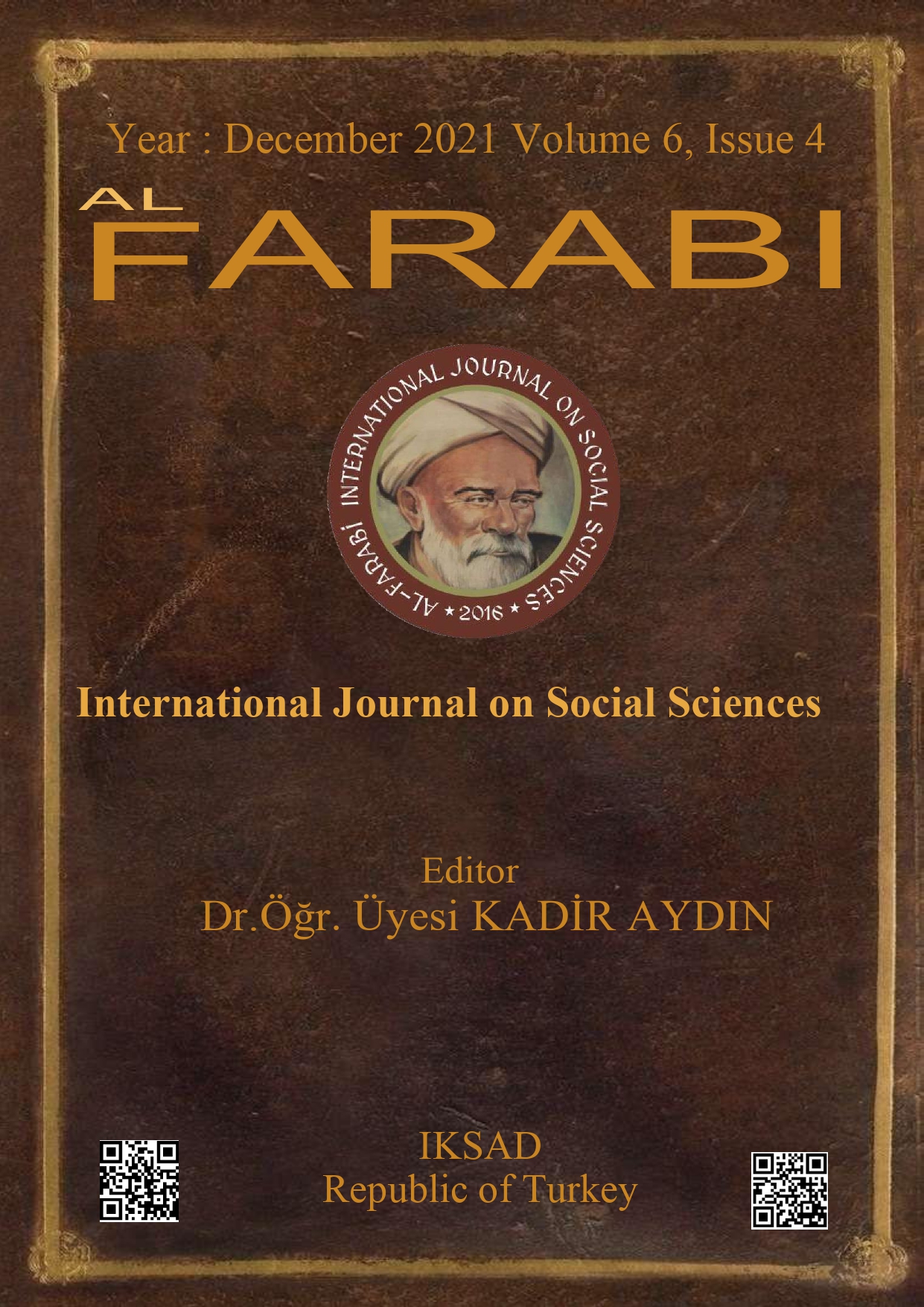İKİNCİ KARABAĞ SAVAŞI’NDA ŞUŞA’NIN ROLÜ VE TÜRKİYE- AZERBAYCAN İŞBİRLİKLERİ
Anahtar Kelimeler:
Türkiye -Azerbaycan İşbirlikleri, İkinci Karabağ Savaşı, ŞuşaÖzet
Sosyalist Cumhuriyetler Birliği'nin dağılmasıyla birlikte Azerbaycan ve Ermenistan arasında Birinci Karabağ Savaşı 1991 yılından 1994 yılına kadar devam etmiştir. 28 Aralık 1991 tarihinde Ermenistan Hankendi’yi işgal edip sözde Dağlık Karabağ Cumhuriyetini ilan ettiler. 25-26 Şubat 1992 tarihinde Hocalı işgal edilmiştir. 8 Mayıs 1992 tarihinde Şuşa işgal edilmiştir. 18 Mayıs 1992 tarihinde Laçin işgal edilmiştir. 2 Ekim 1992 tarihinde Hocavend işgal edildi. 2 Nisan 1993 tarihinde Kelbecer işgal edilmiştir. 7 Temmuz 1993 tarihinde Ağdere işgal edilmiştir. 23 Temmuz 1993 tarihinde Ağdam işgal edilmiştir. 23 Ağustos 1993 tarihinde Cebrayıl işgal edilmiştir. 23 Ağustos 1993 tarihinde Fuzuli işgal edilmiştir. 31 Ağustos 1993 tarihinde Gubadlı işgal edilmiştir. 29 Ekim 1993 tarihinde Zengilan işgal edilmiştir Bu işgallerle başlayan çatışmalar Birinci Karabağ Savaşı ile İkinci Karabağ Savaşı arasında da zamanla ortaya çıkmıştır. İkinci Karabağ Savaşı askeri operasyon halinde 44 gün sürmüştür. Bu savaşın ardından Ermenistan’ın yaklaşık 30 yıldır işgal altında tuttuğu Azerbaycan topraklarından 5 il, 4 kasaba ve 286 köy kurtarılmıştır. Tarihi bir öneme sahip olan Şuşa’da işgalden kurtarılmıştır. Hem savaş esnasında hem de savaşın ardından Türkiye daimî olarak Azerbaycan’ın yanında olduğunu ifade etmiştir. Bu dönemde iki devlet arasında önceden imzalanan uluslararası antlaşmalara uygun bir şekilde yeni müttefiklik ve iş birliği anlaşmaları imzalanmıştır.




